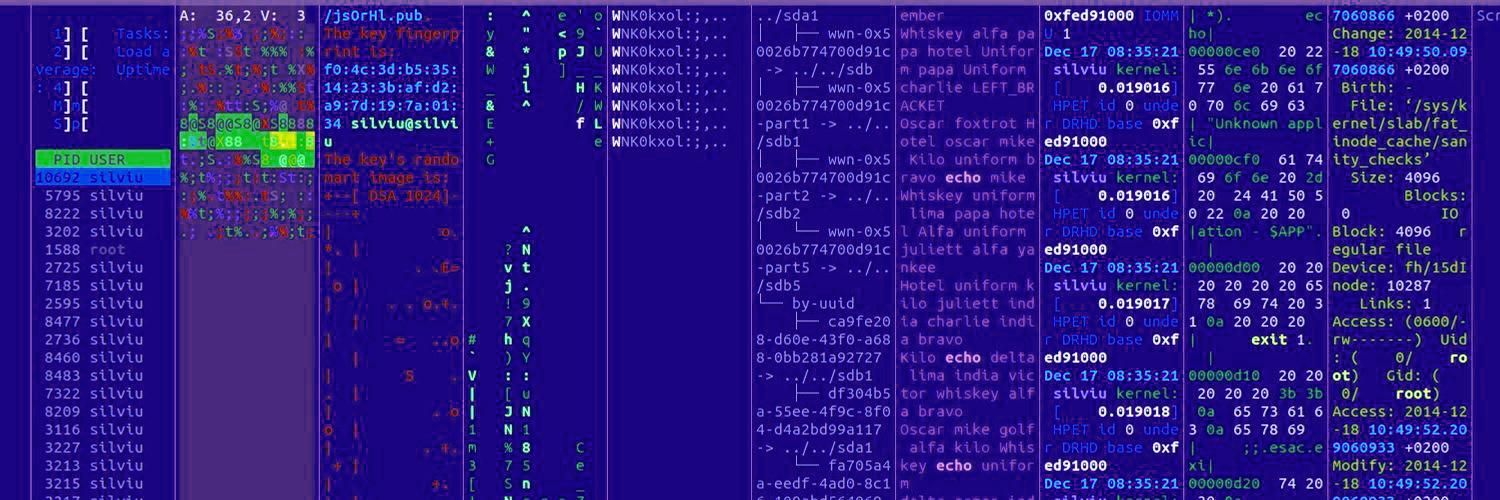


Most trusted, widely-read infosec source of the latest hacking news, cyberattacks, computer security, and cybersecurity for ethical hackers, penetration testers, and information technology professionals. Contact — admin@thehackernews.com
220 people like this
0 Posts
0 Photos
0 Videos



